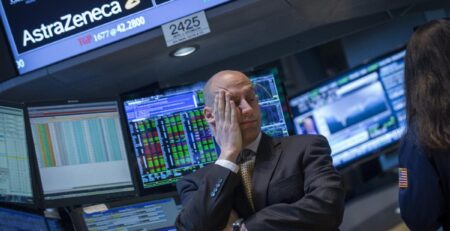Integrating sustainability in DC pensions
Workplace pensions are an integral part of the social infrastructure in our society, and most workplace pensions are now defined contribution schemes (DC). In contrast to the defined benefit (DB) world, there is no sponsor underwriting scheme risks and no Pension Protection Fund to fall back upon; massive responsibilities rest upon the shoulders of scheme trustees.
A further important differentiating factor is the relative maturity of the two markets. Today’s active contributors to DC schemes are likely to be still drawing down their savings towards the end of this century, long after the DB world has seen its twilight years come and go.
So, whilst the integration of ESG factor analysis and sustainable investment are not new for the pensions industry, it could be argued that these issues are more important for DC schemes than they are for DB schemes – society will be living with the investment decisions made now, longer into the future.
Do you question whether your scheme could be doing more?
First come beliefs, then comes goals…
Trustees need to think long and hard about how to deliver sustainability within their DC product.
To prepare for all scenarios, DC schemes need a robust design and a coherent investment strategy. Investments are required that deliver growth over time and exhibit tolerably low volatility through the ups and downs of financial market cycles. On top of that, there is the decumulation challenge to deliver financial wellness to members in later life.
Sustainability should be an integral part of trustees’ thinking for all stages of members’ life-cycles.
Trustees are helped by the evolving regulatory framework but they should be constantly asking themselves;
Does the ‘Statement of Investment Principles’ properly incorporate the scheme’s sustainability beliefs and goals?
Are these goals appropriately focused? Are they actionable in terms of definitive engagement activity?
Do these goals accord with members’ own views?
Have members’ views been tested in dialogue and in focus groups?
How do the scheme’s policies measure up against industry best practice?
…then we must turn beliefs and goals into action. Investing the portfolio
The global economy, and the businesses that operate within it, will be different in the future due to the impact of climate change, societal development and bio-diversity loss. A more sustainable world lies ahead but we are not there yet. The transition to a sustainable future makes investing more complicated now. Trustees can prepare their schemes so that they are well placed to participate in a successful transition.
Thinking within a framework of risk, return and impact will help.
Let’s take a simple example from the world of equity investing. A portfolio of companies that each have very low carbon-footprints may indeed make a current investment portfolio look like it is sustainable. But, how much better could that portfolio’s impact be if it were invested in companies that were reducing their carbon intensity, improving their sustainability and contributing to the successful transition to a sustainable future?
This is what is meant by a framework of risk, return and impact. Do scheme investments positively contribute to a successful transition? Are the management teams that work at those companies operating in alignment with scheme goals? And, are trustees engaging with them to keep them on track?
Of course, DC schemes most likely delegate day-to-day investment decision making to external asset managers. It is critical that trustees ensure that their scheme’s own investment beliefs are not diluted by this process of delegation;
Is sustainability a key consideration in manager selection decisions? Are managers focussed upon successful transition or, more narrowly, upon the current ESG characteristics of their investments?
Do external managers have the right tools to deliver risk, return and impact?
Do external managers transparently report their engagement activities? Are these activities aligned with the scheme’s engagement priorities?
Does the scheme strategically have the right mix of assets? e.g. Are fixed income managers utilising investment opportunities from the world of ‘green bonds’?
Have trustees thought about how to use the increased flexibility that they will have to invest in illiquid assets? e.g. social housing, green infrastructure, energy transition?
There are new and growing challenges to be met. Having the right framework in place will bring focus and help trustees best serve their members’ interests as we all transition to a more sustainable future.
Read More @PensionExpert
191 views










